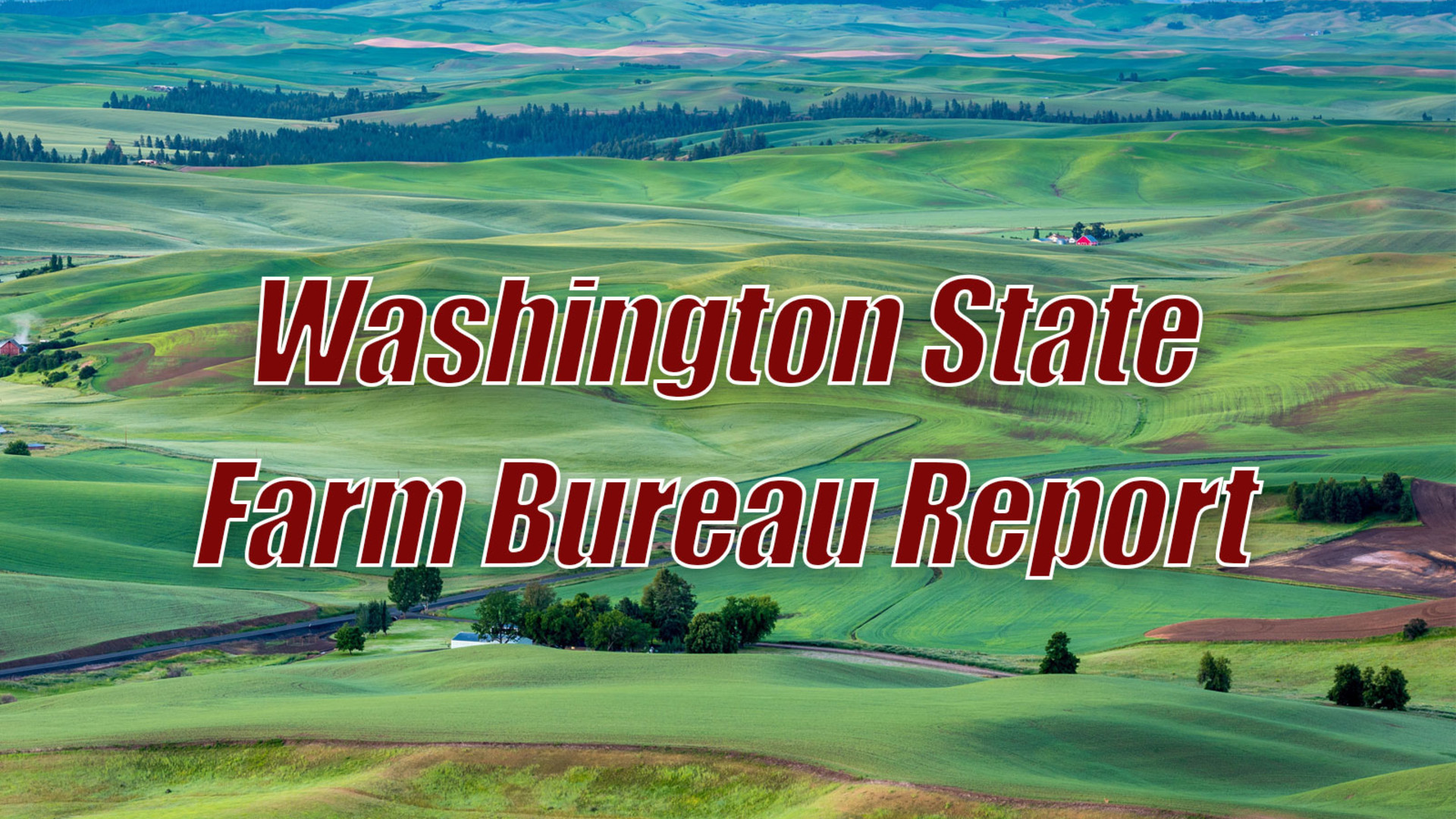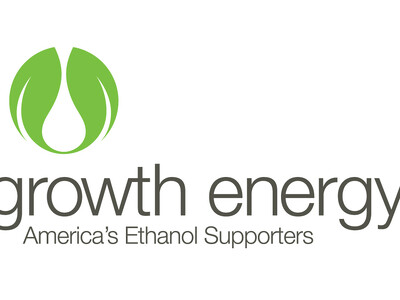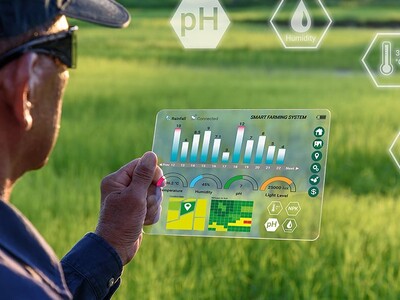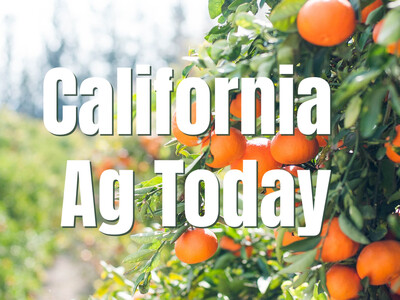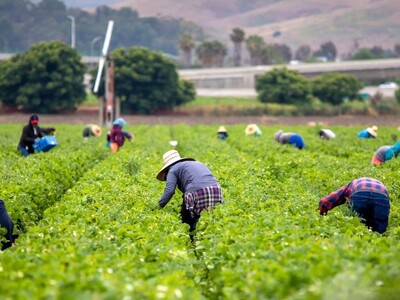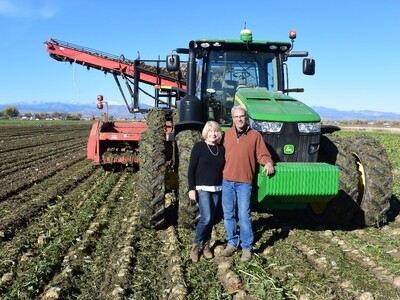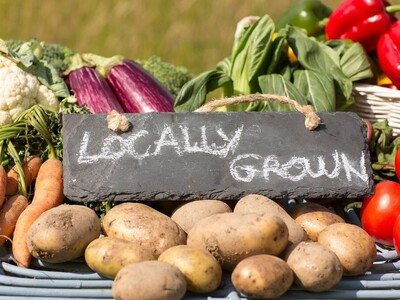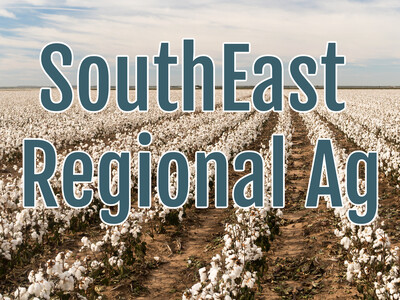Cereal Stem Rust
Harvest is well under way in parts of the state and, contrary to over half of U.S. growers, wheat and barley producers here in Washington are optimistic about yields. The unusually high rainfall received this year, while great for yields, creates perfect conditions for a certain fungus known as stem rust. WSU Extension Specialist Diana Roberts explains.
ROBERTS: Typically we don’t get late rains which is what the rust also requires, but this year we did. We had late plantings of spring grain, and we had late rains, and then we’ve had warm weather since then so it’s been a pretty good condition for the rust to develop.
Roberts says we don’t often have a line up of conditions quite as perfect for stem rust, and therefore unlikely that we would have a widespread epidemic in this part of the country. But there are still concerns.
ROBERTS: Our concern is that we could become a nursery or a breeding ground for new races of rust that could then be transmitted across the mountains to the Midwest.
Robert says because stem rust shows up late in the season, many growers don’t know they have it until a black cloud shows up behind their combine, which are the spores of the rust being blown into the air. So what should growers do if they find stem rust?
ROBERTS: If they find stem rust we have a website at pnwstemrust.wsu.eeu where people can go and report their information about stem rust infected fields. We really encourage people to do that so we can see how widespread it is and how severe it is.
Those with stem rust are also encouraged to check for barberry bushes, a stem rust host plant, on their property. Eradicating these common plants near fields will help prevent stem rust from spreading.
I’m Lacy Gray and that’s Washington Ag Today on the Northwest Ag Information Network.


